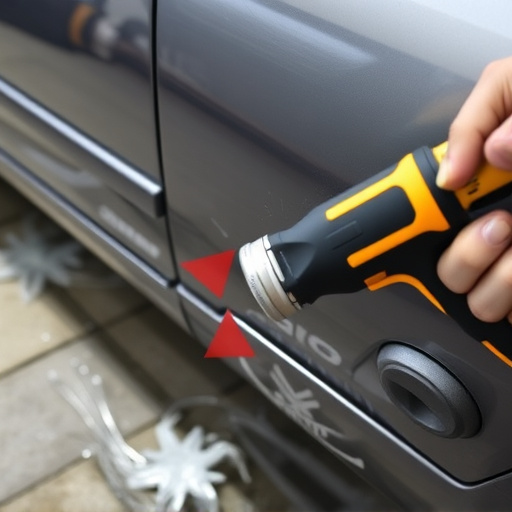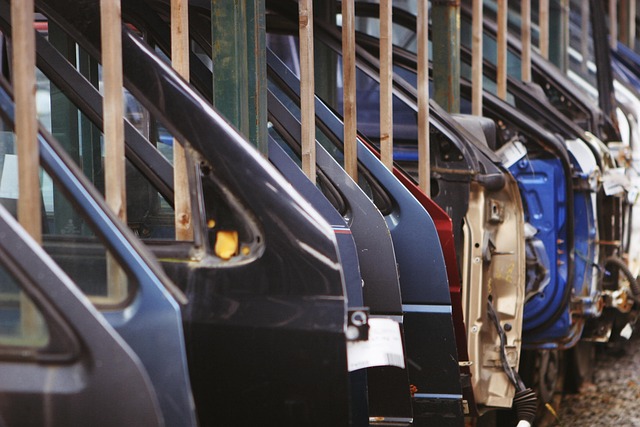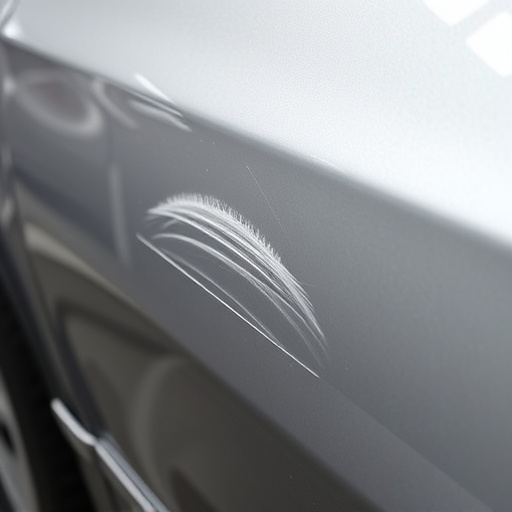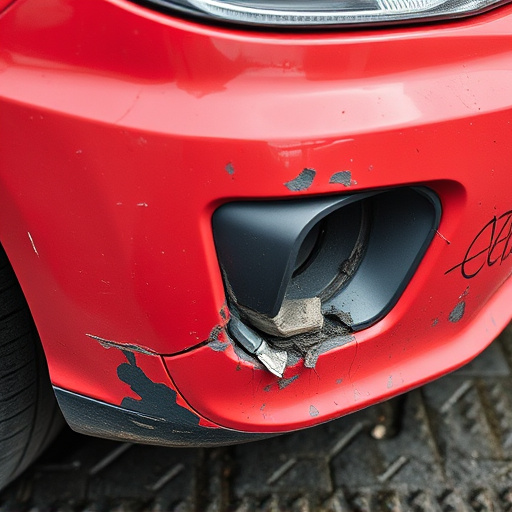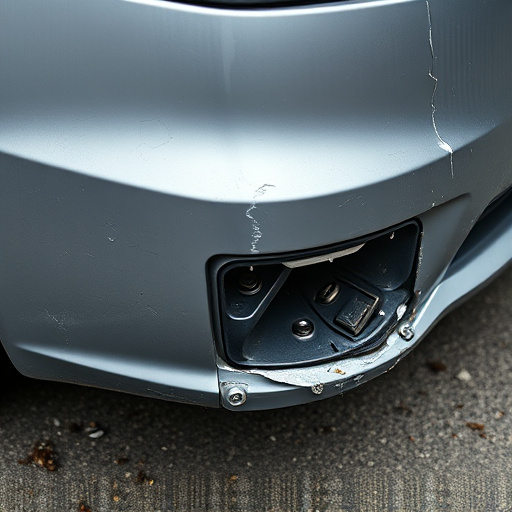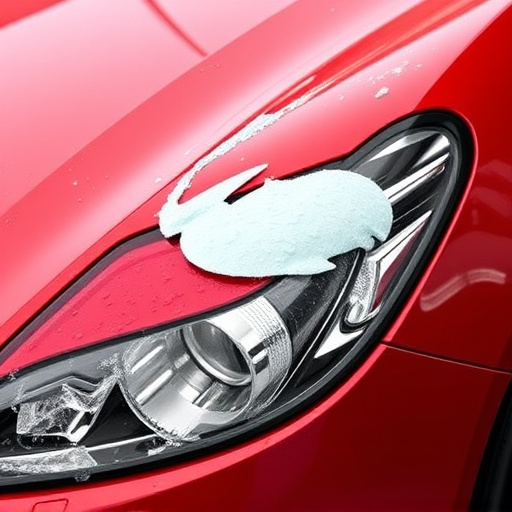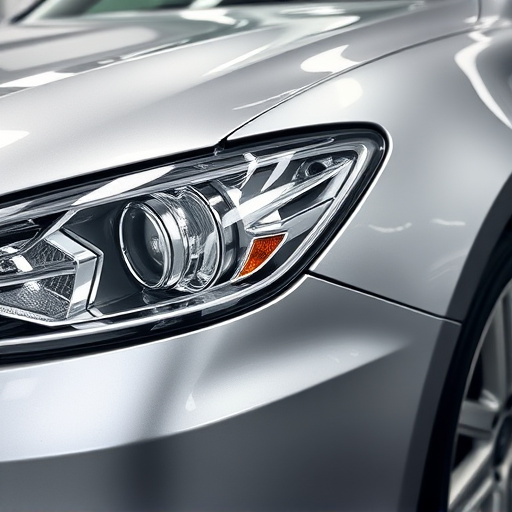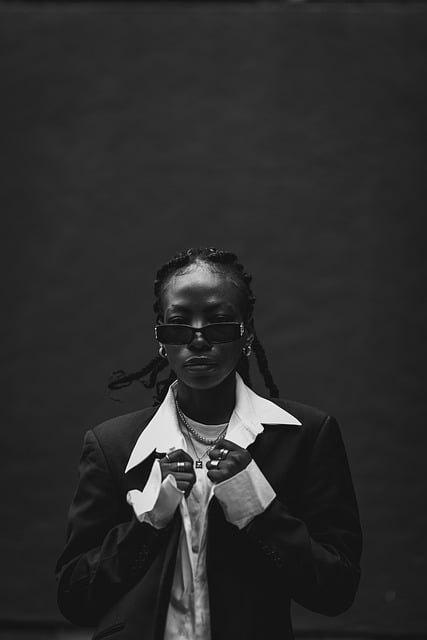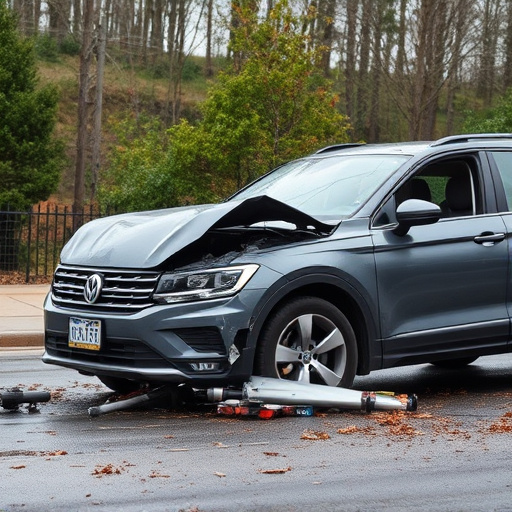Pearl finish collision repair requires a balanced approach to sunlight exposure and environment control. Natural light aids inspection but direct sunlight causes discoloration. Strategize lighting and temperature for accurate shade matching and optimal material performance. Use specialized paints, equipment, and meticulous preparation for top-quality repairs, preserving the exquisite finish details of vehicles like Mercedes Benz.
Discover how sunlight, often taken for granted, significantly influences the accuracy of pearl finish collision repair. This article delves into the science behind this phenomenon, offering insights on optimizing repair conditions for impeccable results. From understanding the impact of UV rays to implementing techniques for consistent finishes, you’ll explore strategies that ensure every pearl finish collision repair meets the highest standards.
- Sunlight Exposure: Impact on Pearl Finish
- Optimizing Repair Conditions for Accuracy
- Techniques to Ensure Consistent Results
Sunlight Exposure: Impact on Pearl Finish

Sunlight exposure plays a significant role in the quality and longevity of pearl finish collision repairs. While natural light is essential for visible inspection and precision work, prolonged direct sunlight can have adverse effects on the delicate pearl finish. The intense light may cause the paint to yellow or fade over time, leading to an uneven appearance. This is particularly concerning for collision centers specializing in high-end vehicle restoration, such as Mercedes Benz collision repair, where maintaining original aesthetics is paramount.
In a collision center environment, technicians must be mindful of sunlight exposure during various stages of dent removal and paint restoration. Strategically positioning work areas or using shaded structures can mitigate the impact of direct sunlight. Additionally, applying protective coatings or seals after repairs can enhance the pearl finish’s resistance to fading, ensuring that vehicles like Mercedes Benz models leave the collision center with their gleaming, pristine finishes intact.
Optimizing Repair Conditions for Accuracy
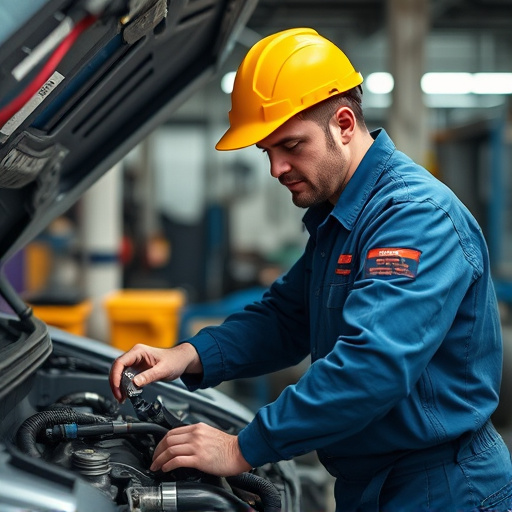
To achieve precise results in pearl finish collision repair, optimizing the repair conditions is paramount. This involves creating a controlled environment that minimizes external distractions and maximizes visibility. Adequate lighting, for instance, ensures technicians can accurately assess and match the intricate shades of pearls used in these high-end finishes. Natural sunlight, though beneficial for overall productivity due to its UV properties that harden paint, should be supplemented with artificial lights when necessary to avoid color distortion caused by varying light intensities throughout the day.
Temperature control is another critical aspect. Extreme heat or cold can cause materials to expand or contract, leading to misalignments and imperfections in the repair process. Maintaining a consistent temperature ensures that all components, from paints to adhesives, perform optimally. Consequently, creating an environment that combines optimal lighting with precise temperature regulation facilitates accuracy in pearl finish collision repair, ultimately delivering top-quality results for automotive repair enthusiasts.
Techniques to Ensure Consistent Results
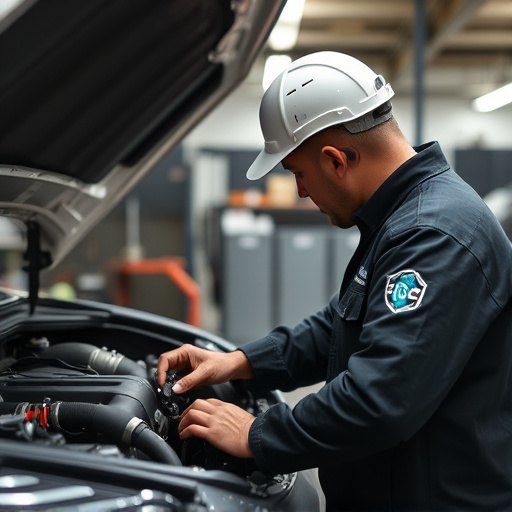
Achieving consistent results in pearl finish collision repair is paramount for maintaining the vehicle’s aesthetic appeal and value. Techniques like using high-quality, specialized paints designed to mimic the pearl effect accurately are essential. Professionals in this field often employ advanced equipment such as precision spray guns and LED curing lights to ensure even application and rapid drying, minimizing the risk of imperfections.
Additionally, meticulous preparation is crucial. This includes thoroughly cleaning and preparing the damaged area, ensuring proper surface conditioning, and applying primer specifically formulated for pearl finishes. Car repair services that prioritize these steps can deliver more consistent outcomes, especially when dealing with complex repairs like hail damage repair on Mercedes Benz vehicles, known for their exquisite finish details.
In conclusion, understanding the impact of sunlight on pearl finish collision repair is key to achieving precise and consistent results. By optimizing repair conditions, using specific techniques, and being mindful of sunlight exposure, professionals can ensure high-quality finishes that meet or exceed expectations. This knowledge ensures that pearl finish collision repairs not only look excellent but also maintain their integrity over time.
